Explore the mysteries and marvels of the Indus Civilization in Pakistan, one of the world’s oldest urban societies. Delve into its history, culture, and remarkable achievements in this comprehensive blog.
Table of Contents
Introduction
The Indus Civilization, also known as the Harappan Civilization, is a topic of fascination and intrigue for history enthusiasts, archaeologists, and anyone curious about the origins of civilization. Flourishing in the Indus Valley of present-day Pakistan and northwest India around 2600-1900 BCE, this ancient civilization holds a unique place in human history. In this blog post, we will embark on a journey through time to unravel the enigma of the Indus Civilization and explore its significance.
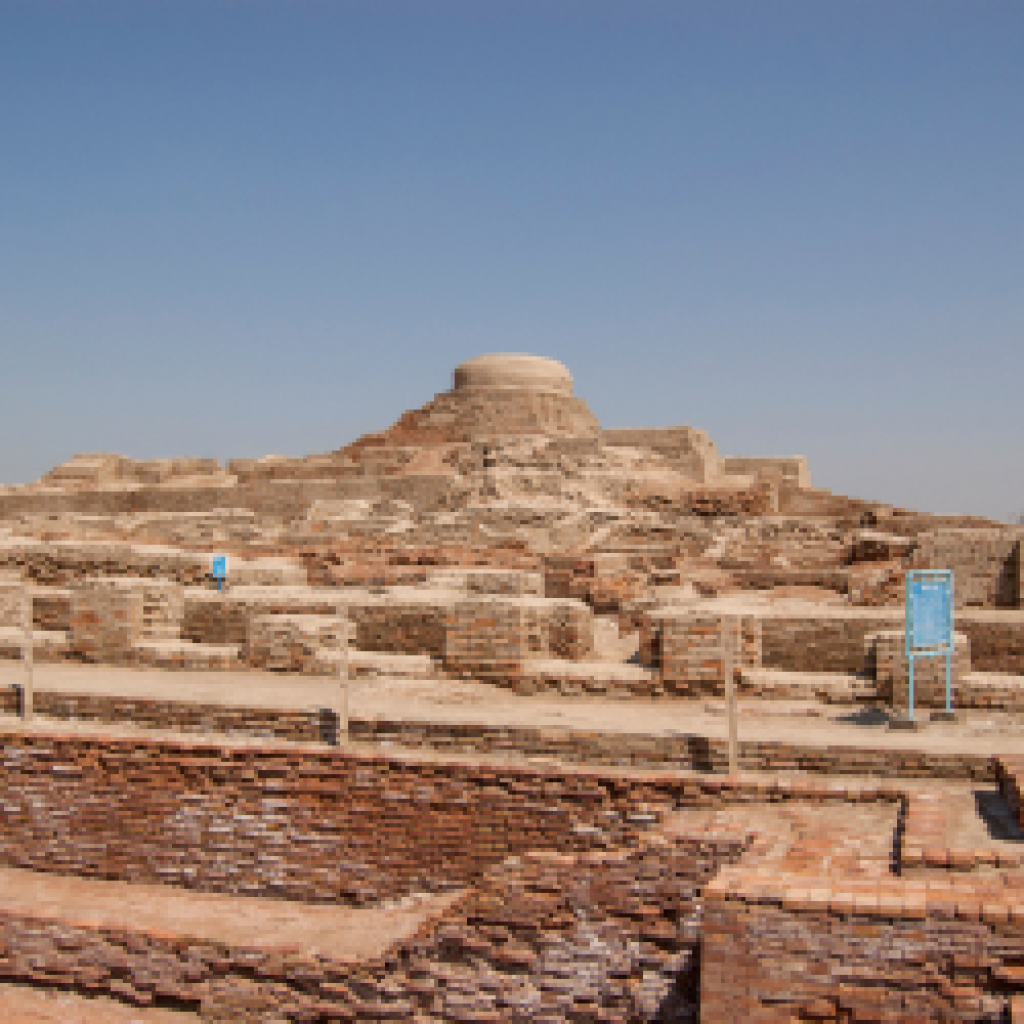


Location and Extent:
The Civilization was one of the world’s first urban societies and encompassed a vast region. It extended from modern-day Pakistan to parts of northwest India, and even into Afghanistan. The heart of this civilization lay along the Indus River, with major cities like Harappa and Mohenjo-Daro.
Urban Planning:
One of the most intriguing aspects of the Civilization is its urban planning. The cities of Harappa and Mohenjo-Daro featured well-laid-out streets, advanced drainage systems, and complex architecture. This level of sophistication was unparalleled in its time, reflecting the highly organized nature of this society.
Written Language:
The Indus Civilization is renowned for its unique script, which remains undeciphered to this day. This script, found on seals and artifacts, hints at a system of writing that has yet to be fully understood. The mystery of the Indus script continues to captivate historians and linguists.
Trade and Economy:
The civilization thrived on trade, with evidence of contacts extending to Mesopotamia. They engaged in long-distance trade, exporting items like pottery, beads, and textiles. Their economy was primarily agrarian, with the cultivation of wheat, barley, and cotton playing a significant role.
Religion and Art:
The Civilization’s religious beliefs and practices are still a matter of debate. However, various artifacts suggest a reverence for deities, with some experts proposing connections to later Hindu traditions. The art of the Civilization, including sculptures and pottery, showcases intricate craftsmanship and a deep appreciation for aesthetics.
Decline and Disappearance:
Around 1900 BCE, the Indus Civilization began to decline, possibly due to a combination of factors such as environmental changes, invasions, or shifts in trade routes. By 1500 BCE, the once-flourishing cities were abandoned, and the civilization gradually faded into obscurity.
Significance and Legacy:
The Civilization holds immense significance as one of the cradles of human civilization. Its achievements in urban planning, trade, and culture were far ahead of its time. While it may not have left behind a decipherable written record, the artifacts and ruins provide invaluable insights into the ancient past.
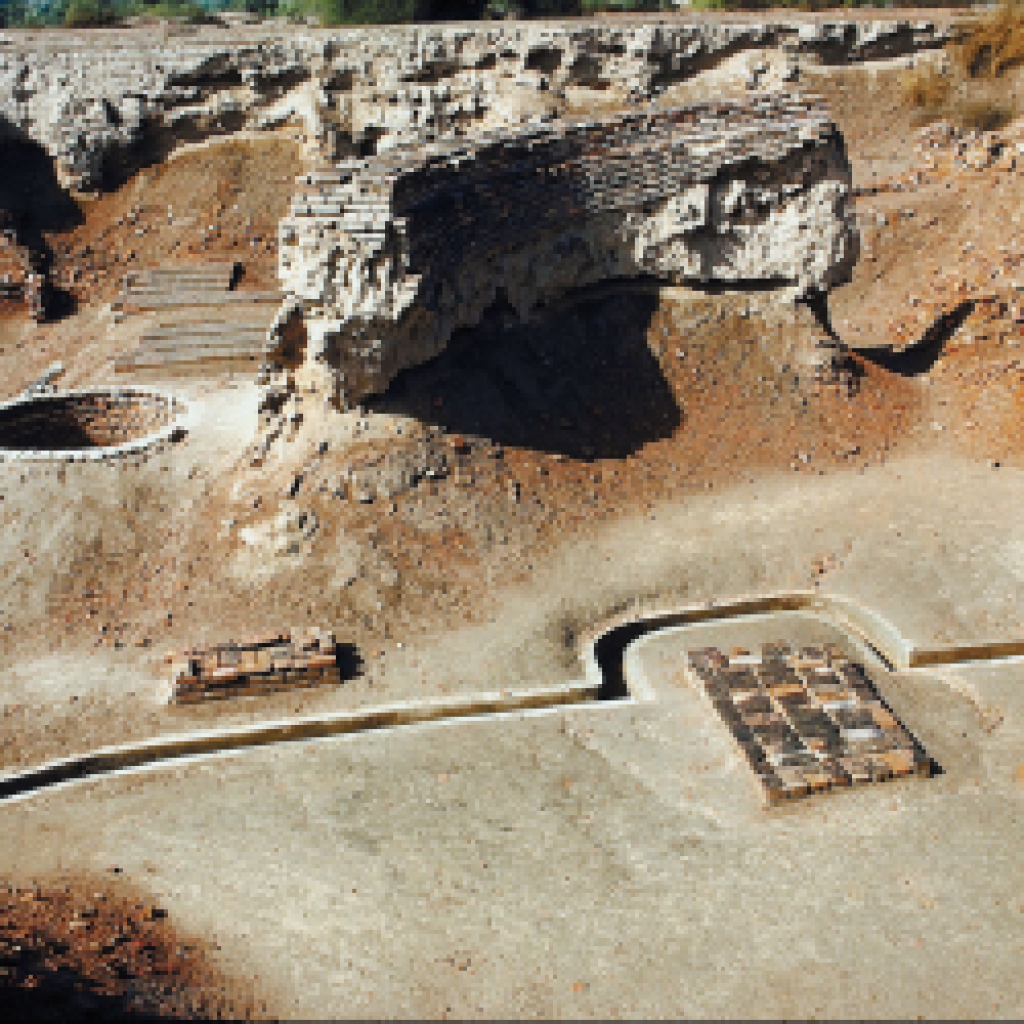
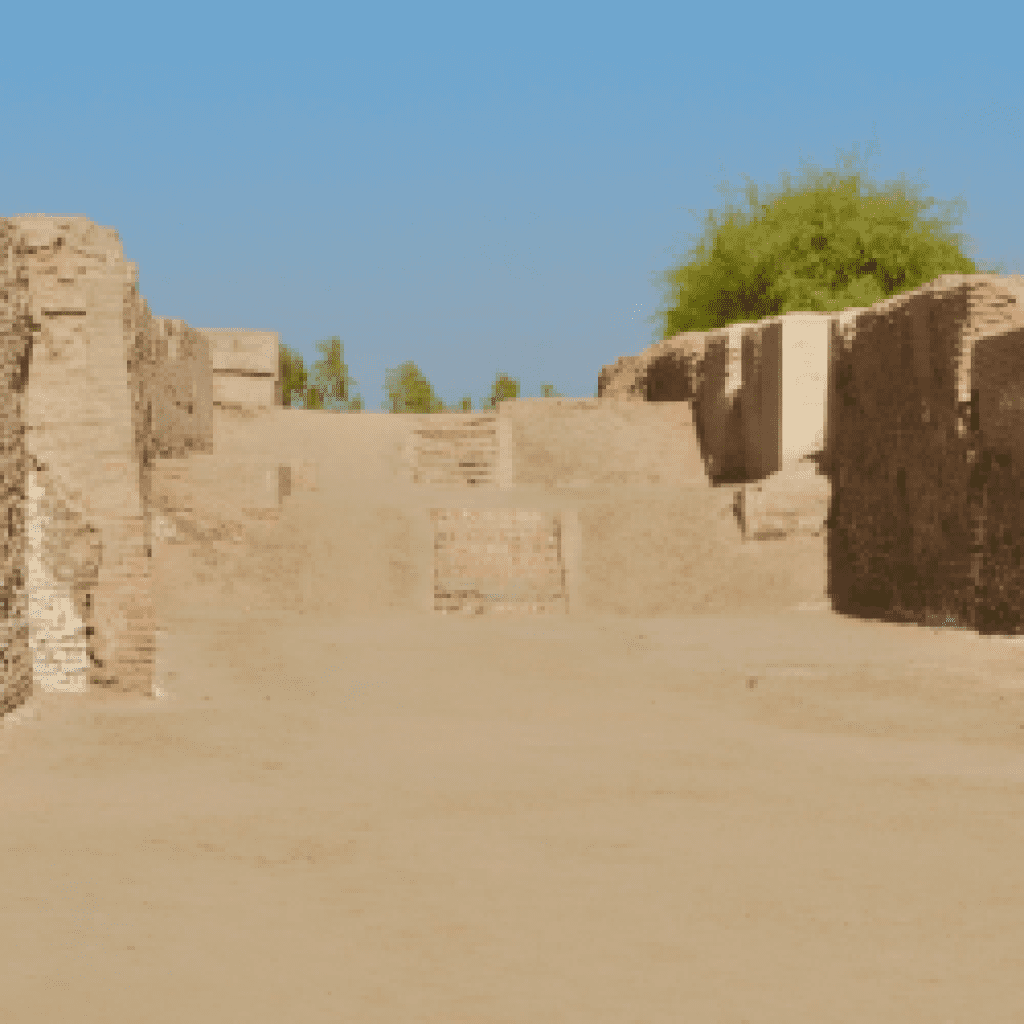
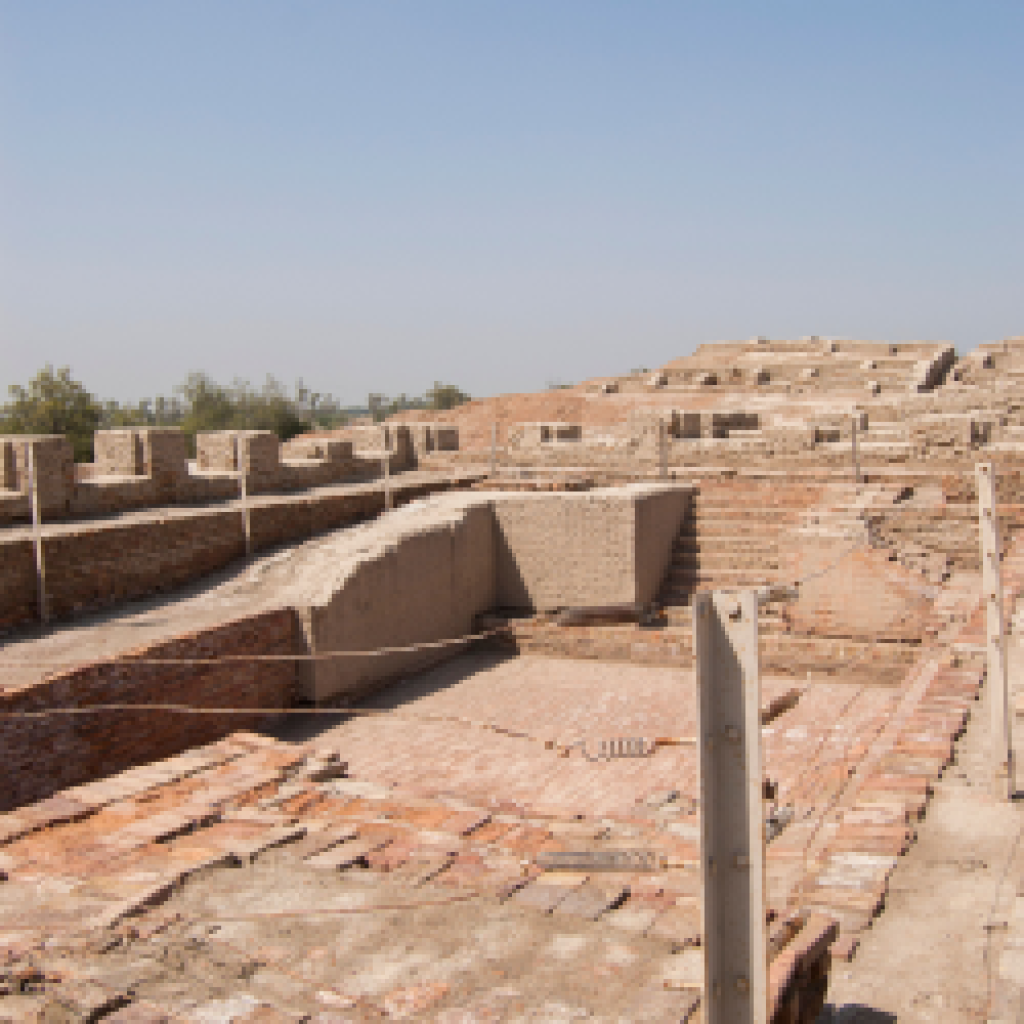
Modern Discoveries and Research:
Archaeological excavations and ongoing research continue to shed light on the Indus Civilization. New findings have expanded our knowledge of their social structures, daily life, and the factors that led to their decline. This civilization remains a subject of fascination for scholars and enthusiasts alike.
Visiting Indus Civilization Sites:
For those interested in experiencing the history and culture of the Civilization firsthand, there are several sites in Pakistan that are open to tourists. The most famous among them is Mohenjo-Daro, a UNESCO World Heritage site, and Harappa. These archaeological sites provide a glimpse into the remarkable achievements of this ancient civilization.
Mysteries of Indus Civilization:
The Indus Civilization in Pakistan represents a remarkable chapter in the history of human civilization. Its advanced urban planning, enigmatic script, and contributions to trade and culture make it a topic of enduring interest. As we continue to uncover its mysteries, the legacy of this ancient civilization continues to shine through the sands of time.
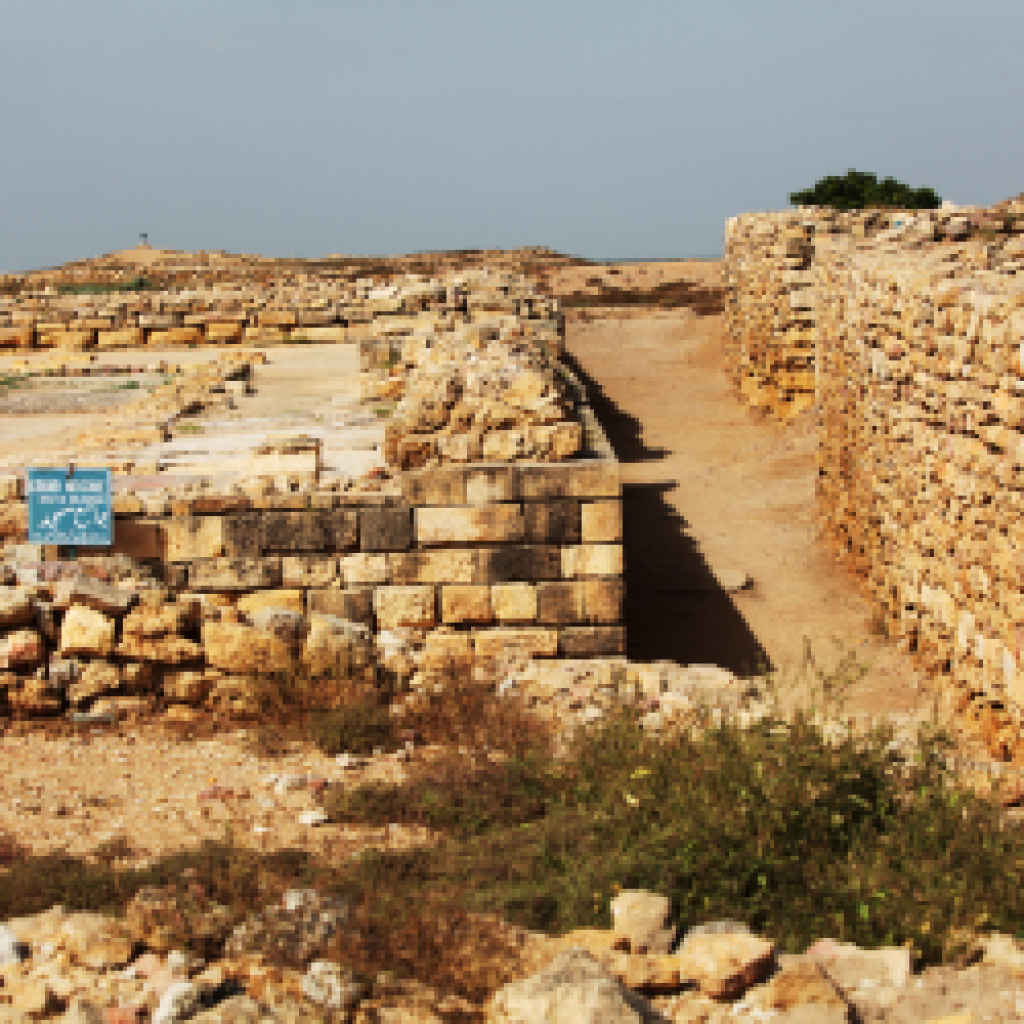

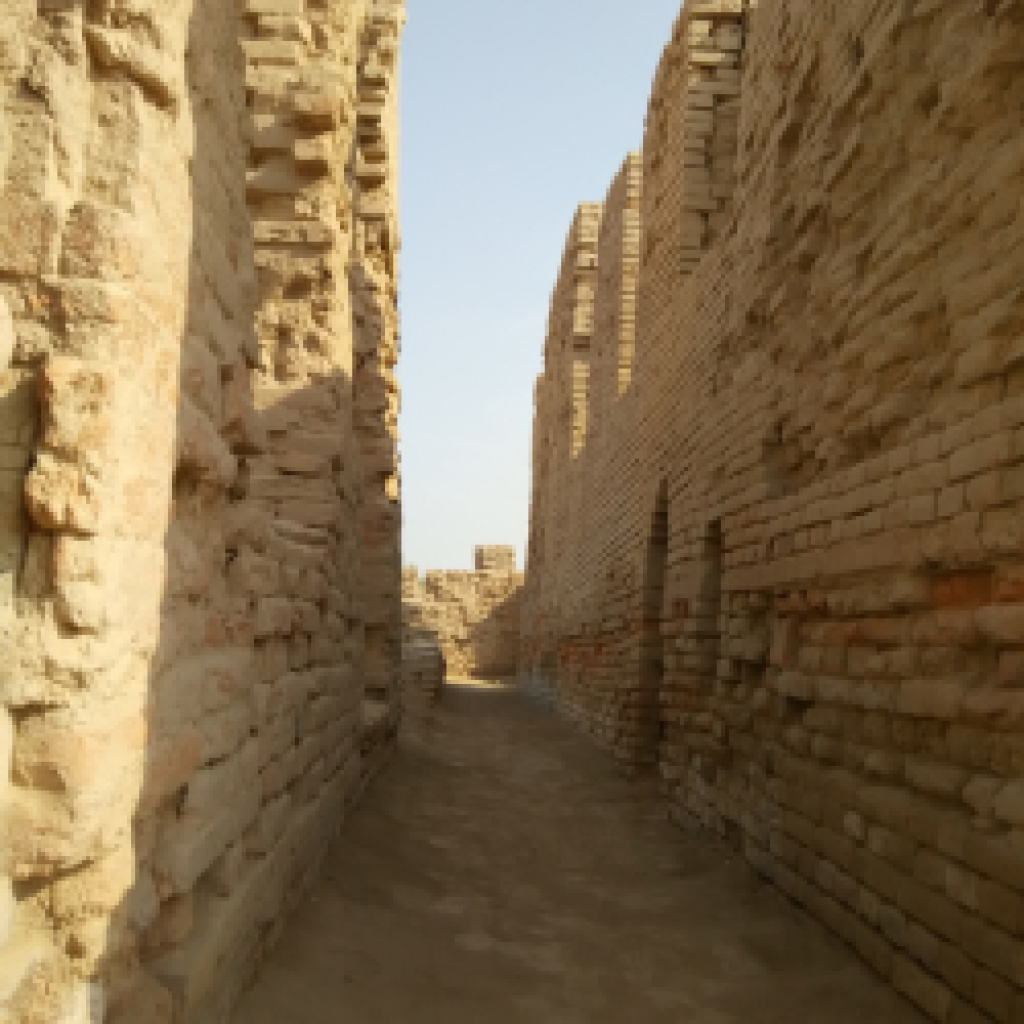
Conclusion:
In conclusion, the Indus Civilization is not only a testament to the ingenuity of our ancestors but also a reminder of the complexities and mysteries that continue to challenge historians and archaeologists. Its impact on the development of human societies is immeasurable, and its legacy endures in the rich cultural tapestry of Pakistan.
As you explore the intriguing world of the Indus Civilization, remember to tread lightly and with respect when visiting archaeological sites. Preserving these treasures ensures that future generations can continue to unravel the secrets of the past.
We hope this journey through the enigma of the Indus Civilization in Pakistan has piqued your interest and encouraged you to delve deeper into the fascinating world of ancient history. Whether you’re a history enthusiast, an archaeology buff, or a curious traveler, the Indus Civilization has something to offer to all. Feel free to share your thoughts or questions in the comments below, and don’t forget to subscribe for more exciting historical explorations on our blog.

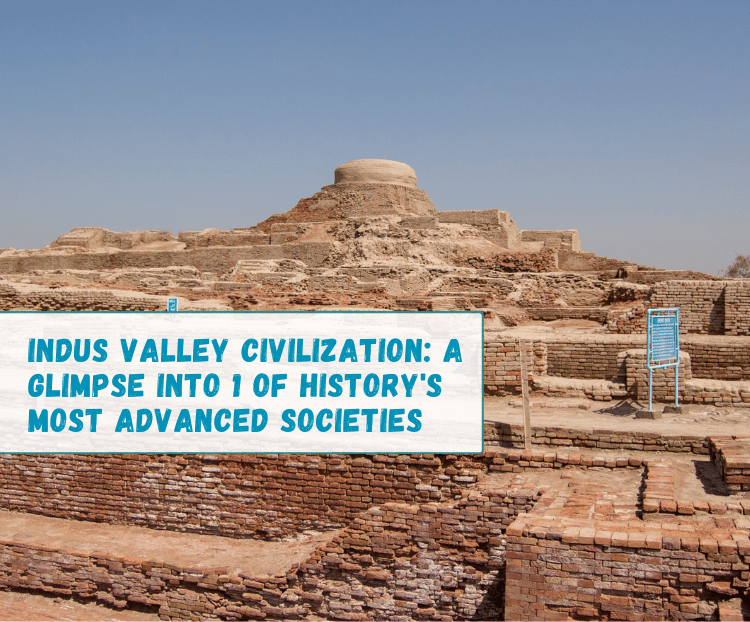
0 Comment